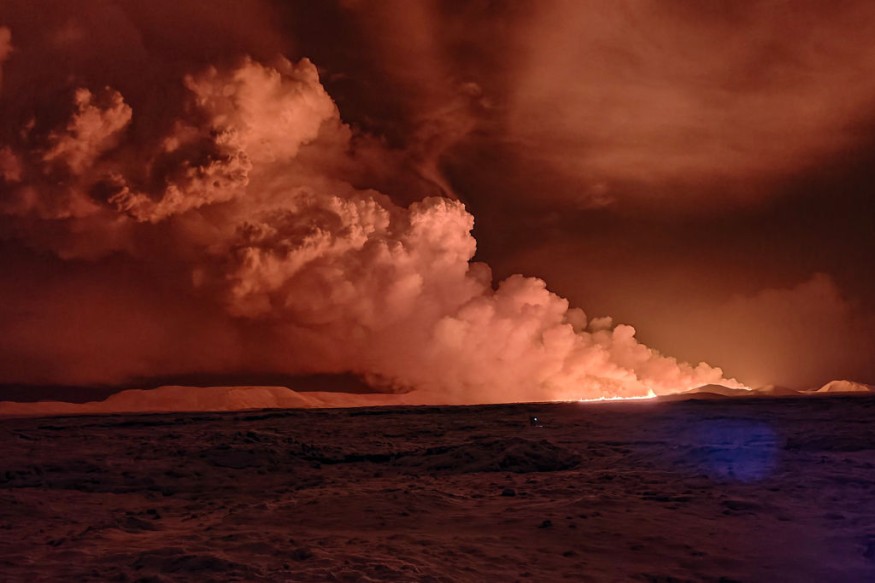After weeks of uncertainty, a volcano in southwest Iceland has finally erupted, blasting plumes of lava far into the night sky. Approximately 4,000 people were evacuated from Grindavik earlier this month, and the adjoining Blue Lagoon geothermal spa was closed.
The eruption began north of town at 22:17 local time on Monday, according to the Icelandic Met Office. The authorities have reacted quickly, issuing people warnings and safety advice while evacuation zones remain in place and some planes have been rerouted.
Seismic Activities

Since late October, the region around Iceland's capital, Reykjavik, has seen an uptick in earthquake activity.
The eruption was roughly 4km (2.5 miles) north-east of Grindavik, according to the Met Office, and seismic activity was advancing towards the town.
Images and videos shared on social media showed lava erupting from the volcano less than an hour after an earthquake swarm, or series of seismic events, was identified.
According to one eyewitness, half of the sky in the direction of the town was "lit up in red" as a result of the eruption, and smoke could be seen pouring into the air.
People have been told to avoid the area by the police.
According to the Met Office, the length of the crack in the volcano is roughly 3.5km, with lava flowing at a rate of 100 to 200 cubic meters per second.
This was many times more than past eruptions on the Reykjanes peninsula in recent years, according to the statement.
Damages Of The Eruption
Iceland's foreign minister, Bjarni Benediktsson, stated on X, formerly Twitter, that flights to and from Iceland are unaffected, and international air routes remain available.
"The jets [of lava] are quite high, so it appears to be a powerful eruption at the beginning," he said.
Reykjavik's nearby Keflavik International Airport remained open, albeit with numerous delays listed for both arrivals and departures.
According to Flight Radar statistics, only 13 flights have been canceled in the last 24 hours, accounting for 5% of departures and 4% of arrivals.
For several weeks, Iceland has been on high alert for a possible volcano explosion, and authorities last month ordered people to flee Grindavik as a precaution.
There were no injuries reported.
In April 2010, an ash cloud from the Eyjafjallajokull volcanic eruption triggered the largest closure of European airspace since World War II, with costs estimated at 1.5 billion to 2.5 billion euros (£1.3-2.2 billion; $1.6-2.7 billion).
Volcanologist Dr. Evgenia Ilyinskaya said that the amount of disruption will be lower than the incident in 2010 because these volcanoes in south-west Iceland are "physically not able to generate the same ash clouds."
The Eyjafjallajokul volcano in southern Iceland is roughly 140 kilometers (87 miles) from the Reykjanes peninsula volcano.
Iceland's Prime Minister, Katrin Jakobsdottir, stated that recently built defenses will be beneficial.
Despite the "significant event," she said her thoughts were with the local community, and she hoped for the best.
Related Article : Iceland Volcano Erupts Near Capital After A Strong Earthquake Struck
© 2025 NatureWorldNews.com All rights reserved. Do not reproduce without permission.





